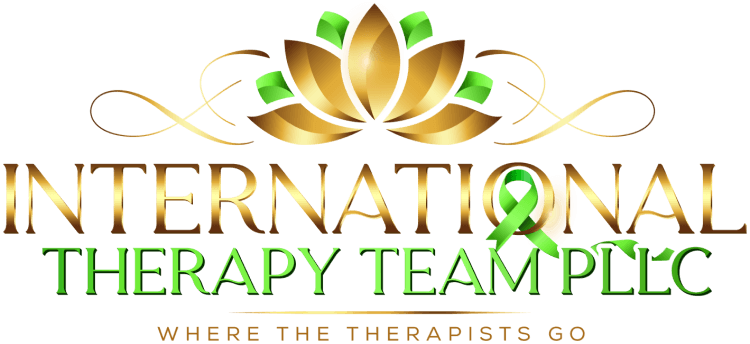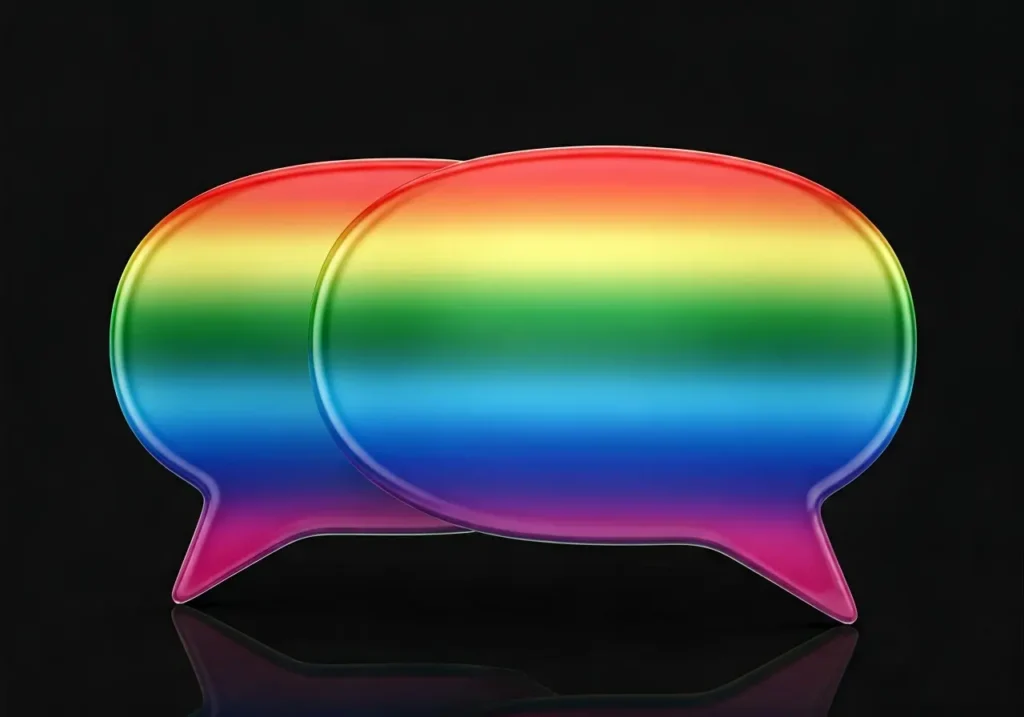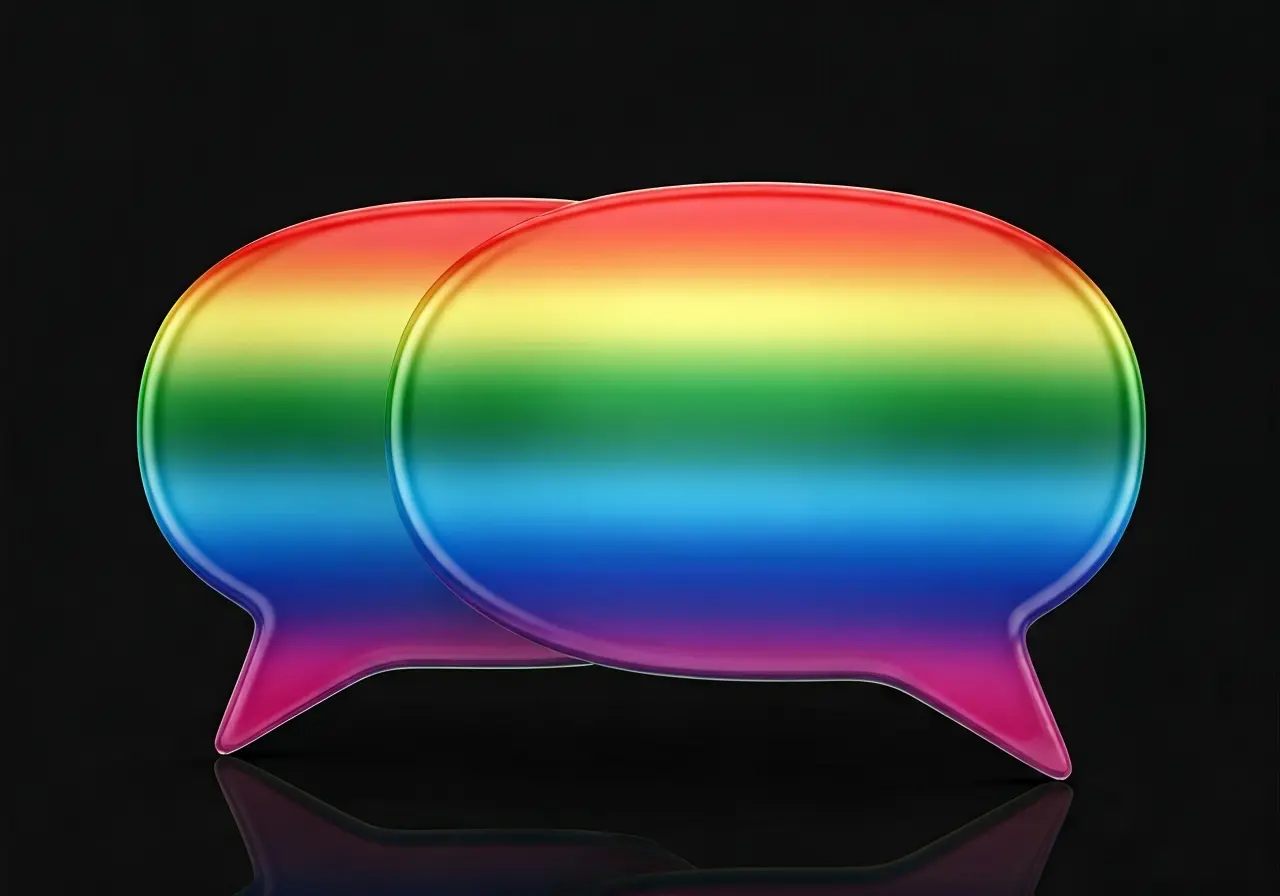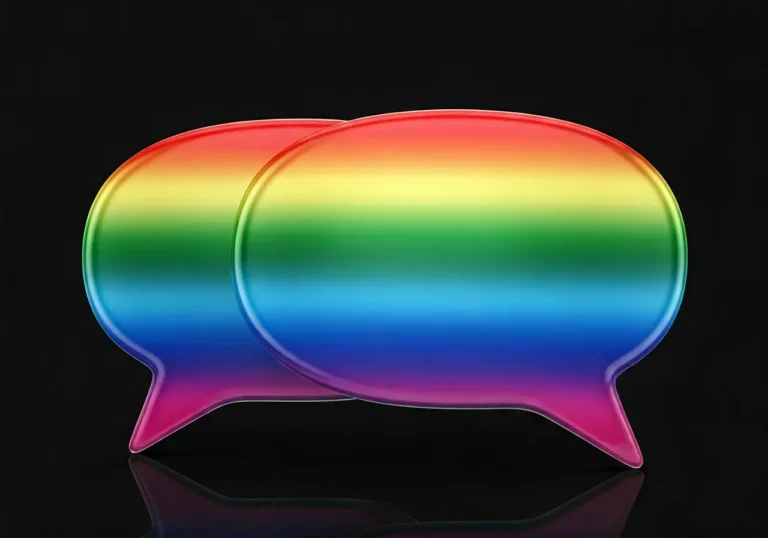Navigating therapy as part of the LGBTQ+ community entails unique challenges and triumphs. One of the most crucial aspects that shape successful therapy outcomes is communication. In this post, we delve into the pivotal role communication plays in LGBTQ+ therapy, how it fosters understanding, and ultimately aids healing.
The Unique Communication Needs in LGBTQ+ Therapy
For LGBTQ+ individuals, the experience of therapy can be distinct from traditional sessions. Communication often needs to address specific societal pressures and personal challenges that these individuals face. Understanding these unique needs is the first step therapists must take towards effective communication and therapy. This might involve discussing topics like gender identity, coming-out experiences, and the navigation of societal expectations. In many cases, clients may also seek guidance on relationship issues or stressors related to discrimination. Therapists must be sensitive to these subjects and approach them with an open heart and mind. Being informed about LGBTQ+ history and culture can help therapists connect with their clients on a deeper level, acknowledging not only the individual’s personal experience but also the collective journey of the community.
Building Trust Through Open Dialogue
Open and honest communication in therapy builds a foundation of trust. This is particularly important for LGBTQ+ clients who may have faced judgment or prejudice in other areas of their lives. Establishing a trustworthy environment allows clients to express themselves more freely. Through shared understanding and non-judgmental listening, clients can talk about their past traumas and present challenges. For instance, many LGBTQ+ individuals encounter both external and internalized homophobia, which can profoundly influence their mental health and wellness. Therapists who encourage open dialogue help clients explore these experiences while promoting healing and acceptance. Creating a trusting environment can also aid clients in discussing sensitive topics such as sexual orientation and gender transition, which they might otherwise find difficult.
Moreover, therapists can invite clients to share their stories in an atmosphere free of fear or retribution. This open communication cultivates a safe space where clients feel seen and heard for who they truly are. Trust is best built through consistent respect and empathy, allowing therapy to become not only a place of refuge but also of growth and empowerment.
The Role of Active Listening in Therapy
Active listening goes beyond just hearing words; it involves empathy, understanding, and non-verbal cues. For LGBTQ+ therapy, it means listening without assumptions and validating the client’s experiences and feelings. This empathetic approach demonstrates understanding and acceptance and allows clients to unpack complex emotions without fear of judgment. Active listening can often reveal unspoken feelings, thereby aiding therapists in identifying areas that need more attention or support. Encouraging clients to speak freely requires careful attention to verbal and nonverbal cues, providing feedback that reflects empathy, patience, and understanding.
Additionally, therapists should cultivate an environment where clients feel safe to express themselves without censoring their language or emotions. Through active listening, therapists can offer clients the validation they might not receive elsewhere, strengthening the client-therapist bond and contributing to breakthroughs in therapy.
Navigating Language and Identity in Sessions
Language is powerful in shaping identity. In therapy, respecting pronouns and terminology that align with a client’s identity is crucial. Correct usage fosters respect and acknowledgment, which further enhances communication. Therapists working with LGBTQ+ clients need to be adaptable to diverse languages and terms related to gender identity and sexual orientation, acknowledging each client’s unique perspective on their identity. Missteps in language can lead to discomfort and misunderstandings, but when therapists make the effort to learn and implement correct language, it strengthens the therapeutic relationship and protects the client’s sense of identity.
Furthermore, small but deliberate choices of words can make a world of difference in therapy outcomes. Clients feel more comfortable when their identities are respected, which improves their engagement and satisfaction with the therapeutic process. Therapists should also stay informed about evolving language trends within the LGBTQ+ community to ensure continued respect and relevance in their sessions.
Fostering Effective Communication Techniques
Therapists can employ various techniques to improve communication, such as motivational interviewing and reflective practices. These techniques help clients articulate their thoughts and feelings more clearly. For instance, motivational interviewing facilitates open-ended dialogue that inspires clients to explore their own motivations and make meaningful changes. Reflective practices encourage therapists to consider their own biases and reactions, ultimately fostering a nonjudgmental therapeutic environment. These methods, when used effectively, can unravel the complex web of emotions and experiences that LGBTQ+ clients may present, guiding them toward clarity and self-awareness.
Additionally, incorporating culturally sensitive approaches can be particularly beneficial. Techniques tailored to resonate with LGBTQ+ clients help bridge gaps between differing worldviews and experiences. These methods not only enhance clients’ comfort levels but also contribute to more effective therapy outcomes. As strategies evolve, therapists must remain dedicated to learning and implementing the most effective communication techniques to support the versatile needs of their LGBTQ+ clients.
The Power of Communication in Healing
In conclusion, effective communication is not just a therapy tool but a bridge to understanding for LGBTQ+ individuals. It supports a journey of self-discovery and healing, ensuring that therapy becomes a safe and empowering space for all.





